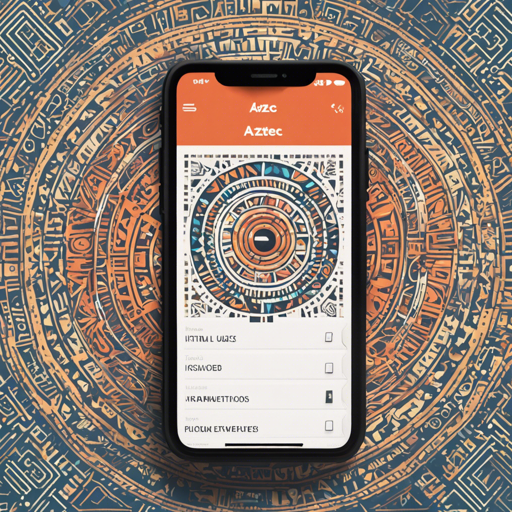Welcome to the fascinating world of Aztec, a native HTML editor tailored for iOS applications! This article will guide you through using Aztec, integrating it into your projects, and troubleshooting common issues you might encounter along the way. Get ready to unleash the editing power of HTML right within your iOS app!
What is Aztec?
Aztec is a robust Swift library that enhances a UITextView subclass with HTML visual-editing capabilities. It’s perfect for developers looking to create apps that interact with raw HTML or WordPress content through its additional plugin.
Requirements
- iOS 11 and above
- Xcode 12 and above
Getting Started with Aztec
Running the Example App
To see Aztec in action, follow these steps to run the Example application:
- Open the file Aztec.xcworkspace from the root directory of Aztec.
- Ensure that the AztecExample target is selected.
- Press
CMD + Rto run the example app on your device or simulator.
Integrating Aztec with Carthage
You can add Aztec to your project via Carthage. Here’s how:
- Add the following line to your Cartfile:
- Follow these instructions to add
Aztec.frameworkorWordPressEditor.frameworkto your app.
github "wordpress-mobile/AztecEditor-iOS" "1.0" # or your preferred version
github "wordpress-mobile/WordPressEditor-iOS" "1.0"Setting Up Your Project
- Open your project and navigate to **Build Settings** for your target.
- Add
$(SDKROOT)/usr/include/libxml2to your **Header Search Paths**. - Go to **Build Phases** and link
Aztec.frameworkwith your project. - Import Aztec in your project’s source code:
import AztecIntegrating Aztec with CocoaPods
If you prefer using CocoaPods, here’s how to do it:
- Add the following lines to your Podfile:
pod "WordPress-Aztec-iOS", "1.0" # or your preferred version
pod "WordPress-Editor-iOS", "1.0"Using Aztec in Your App
Once you’ve installed Aztec, you can begin using it by importing the module and initializing the Aztec.TextView:
import Aztec
let textView = Aztec.TextView(
defaultFont: UIFont,
defaultParagraphStyle: ParagraphStyle = ParagraphStyle.default,
defaultMissingImage: UIImage
)Troubleshooting Common Issues
If you encounter any roadblocks during your journey with Aztec, here are some troubleshooting tips:
- Issue: Aztec not displaying correctly.
Solution: Double-check your build settings and ensure you have linked the framework properly. - Issue: Errors while importing the module.
Solution: Make sure you have added the correct import statement and that your Podfile or Cartfile is set up correctly. - Issue: Example app won’t run.
Solution: Ensure that you are selecting the AztecExample target and that your Xcode version meets the requirements.
For more insights, updates, or to collaborate on AI development projects, stay connected with fxis.ai.
Wrap Up
At fxis.ai, we believe that such advancements are crucial for the future of AI, as they enable more comprehensive and effective solutions. Our team is continually exploring new methodologies to push the envelope in artificial intelligence, ensuring that our clients benefit from the latest technological innovations.
Conclusion
Aztec is a powerful tool for anyone looking to enhance their iOS applications with HTML editing capabilities. With its straightforward integration and rich set of features, you’re well-equipped to build innovative and dynamic applications. Happy coding!

